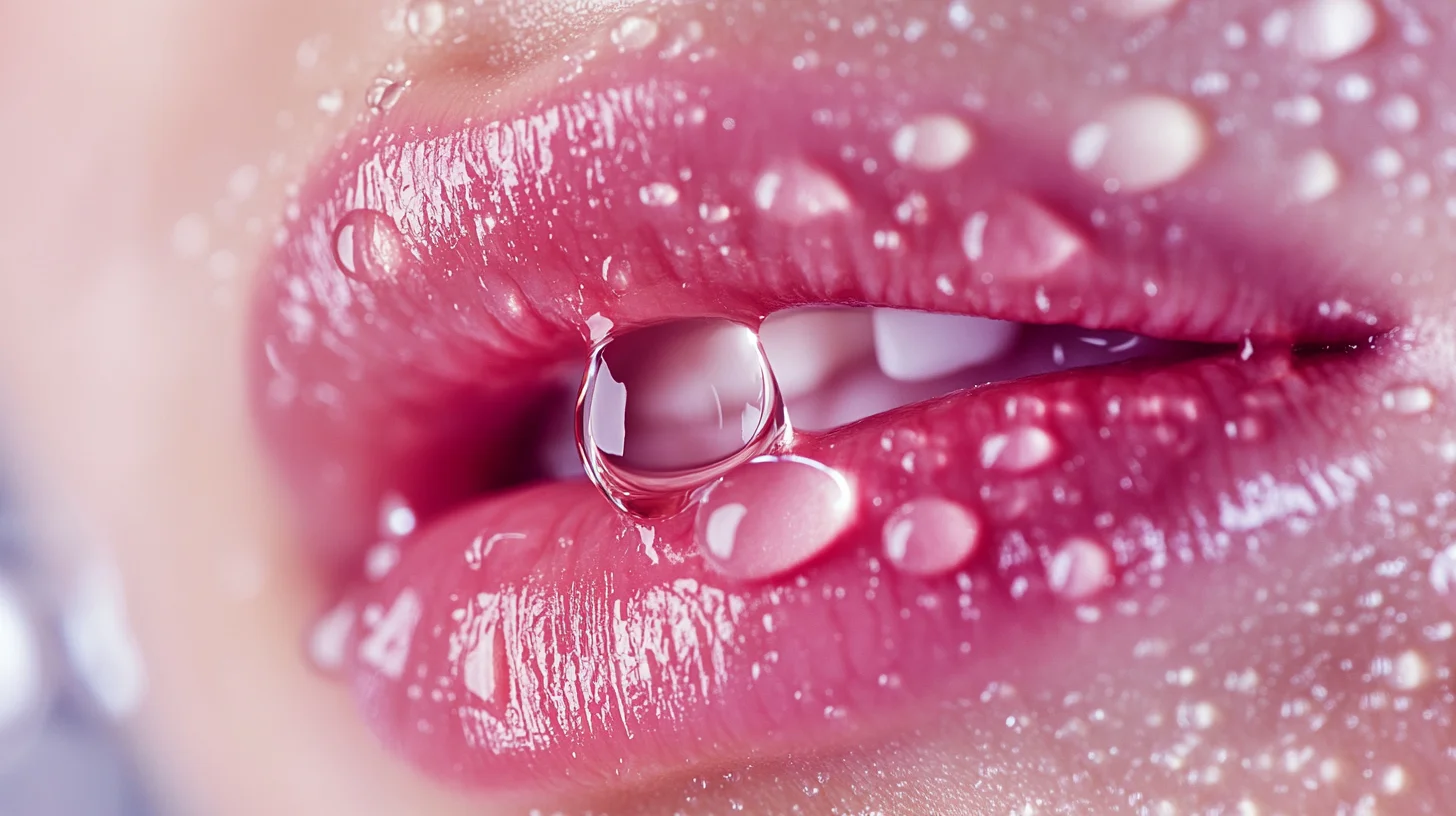In the realm of aesthetic medicine, the pursuit of facial rejuvenation stands as a testament to the intricate blend of science and art. This field, which has evolved significantly over the past few decades, offers individuals the opportunity to enhance their natural beauty and combat the visible signs of aging. In this comprehensive guide, we will delve into the science behind facial rejuvenation, explore the artistic principles that guide practitioners, and discuss the latest advancements that are shaping the future of aesthetic medicine.
The Science of Aging and Rejuvenation
Understanding the science of aging is crucial for anyone interested in facial rejuvenation. As we age, our skin undergoes a series of changes that contribute to the appearance of wrinkles, sagging, and loss of volume. These changes are primarily driven by two factors: intrinsic aging and extrinsic aging.
Intrinsic aging, also known as chronological aging, is the natural process that occurs over time. It is influenced by genetics and leads to a gradual decline in the production of collagen and elastin, the proteins responsible for maintaining skin’s firmness and elasticity. Additionally, the fat pads beneath the skin begin to atrophy, contributing to a loss of volume and the formation of wrinkles.
Extrinsic aging, on the other hand, is caused by external factors such as sun exposure, smoking, and pollution. Ultraviolet (UV) radiation from the sun is particularly damaging, as it breaks down collagen and elastin fibers, leading to premature aging and the development of fine lines and wrinkles.

To counteract these effects, modern aesthetic medicine employs a variety of scientifically-backed treatments. These include:
- Botulinum Toxin (Botox): This neurotoxin temporarily paralyzes the muscles responsible for dynamic wrinkles, such as crow’s feet and forehead lines. By relaxing these muscles, Botox smooths the overlying skin, reducing the appearance of wrinkles.
-
Dermal Fillers: These injectable gels, typically composed of hyaluronic acid, restore volume to areas of the face that have lost fullness due to aging. Common treatment areas include the cheeks, nasolabial folds, and lips.
-
Laser and Light Therapies: These treatments target specific skin concerns, such as pigmentation irregularities, fine lines, and acne scars. By stimulating collagen production and promoting skin renewal, lasers and light therapies can significantly improve skin texture and tone.
-
Chemical Peels: These involve the application of a chemical solution to the skin, which causes controlled exfoliation. Chemical peels can improve skin texture, reduce the appearance of fine lines, and enhance overall skin radiance.
The Art of Facial Rejuvenation
While the science of facial rejuvenation provides the foundation for effective treatments, the art of aesthetic medicine is equally important. A skilled practitioner must possess a keen eye for aesthetics and a deep understanding of facial anatomy to achieve natural-looking results.

One of the key principles of aesthetic medicine is the concept of facial harmony. This refers to the balance and proportion of facial features, which contribute to an individual’s overall attractiveness. Aesthetic practitioners use various techniques to enhance facial harmony, such as:
- Facial Mapping: This involves analyzing the proportions and angles of the face to identify areas that may benefit from enhancement. By understanding the unique characteristics of each patient’s face, practitioners can tailor treatments to achieve optimal results.
-
The Rule of Thirds: This principle divides the face into three equal horizontal sections: the forehead, the midface, and the lower face. Aesthetic treatments are often designed to restore balance to these sections, ensuring that no single area dominates the others.
-
The Golden Ratio: This mathematical concept, often referred to as the “divine proportion,” is believed to be aesthetically pleasing to the human eye. Practitioners may use the golden ratio to guide the placement of fillers and other treatments, aiming to create a harmonious and balanced appearance.
In addition to these principles, the art of facial rejuvenation also involves a deep understanding of patient psychology. Aesthetic practitioners must be skilled communicators, able to listen to their patients’ concerns and desires, and translate these into a personalized treatment plan. By fostering a strong patient-practitioner relationship, practitioners can ensure that their patients feel heard, understood, and satisfied with their results.

Advancements in Aesthetic Medicine
The field of aesthetic medicine is constantly evolving, driven by ongoing research and technological advancements. Some of the most exciting developments in recent years include:
- Regenerative Medicine: This emerging field focuses on harnessing the body’s natural healing processes to rejuvenate the skin. Techniques such as platelet-rich plasma (PRP) therapy and stem cell therapy show promise in stimulating collagen production and improving skin texture.
-
Non-Invasive Technologies: The demand for non-invasive treatments has led to the development of innovative technologies such as radiofrequency devices, ultrasound therapy, and cryolipolysis. These treatments offer patients the opportunity to achieve significant results without the need for surgery or downtime.
-
Personalized Medicine: Advances in genetic testing and skin analysis have paved the way for personalized treatment plans. By understanding an individual’s unique skin characteristics and genetic predispositions, practitioners can tailor treatments to maximize efficacy and minimize side effects.
-
Combination Therapies: Many practitioners are now adopting a holistic approach to facial rejuvenation, combining multiple treatments to achieve comprehensive results. For example, a patient may undergo a series of laser treatments to improve skin texture, followed by dermal fillers to restore volume and Botox to smooth dynamic wrinkles.

The Future of Facial Rejuvenation
As we look to the future, the field of facial rejuvenation is poised for continued growth and innovation. With ongoing research and technological advancements, we can expect to see even more effective and personalized treatments in the years to come.
One area of particular interest is the development of long-lasting and reversible treatments. While current options such as dermal fillers and Botox offer temporary results, researchers are working on formulations that could provide longer-lasting effects while still being reversible if needed.
Another exciting frontier is the integration of artificial intelligence (AI) and machine learning into aesthetic medicine. These technologies have the potential to revolutionize patient assessment, treatment planning, and outcome prediction, allowing practitioners to deliver more precise and effective results.
Furthermore, as our understanding of the skin’s biology continues to deepen, we can anticipate the development of novel treatments that target the underlying causes of aging at a cellular level. This could lead to breakthroughs in preventing and reversing the visible signs of aging, offering patients even more options for maintaining youthful, radiant skin.
Conclusion
Facial rejuvenation is a fascinating field that combines the precision of science with the creativity of art. By understanding the biological processes that drive aging and employing a range of scientifically-backed treatments, aesthetic practitioners can help their patients achieve natural-looking, harmonious results. As the field continues to evolve, driven by ongoing research and technological advancements, the future of facial rejuvenation looks brighter than ever. Whether you are considering treatments for yourself or simply interested in the science and art behind aesthetic medicine, this comprehensive guide provides a valuable overview of the current state of the field and the exciting possibilities that lie ahead.


